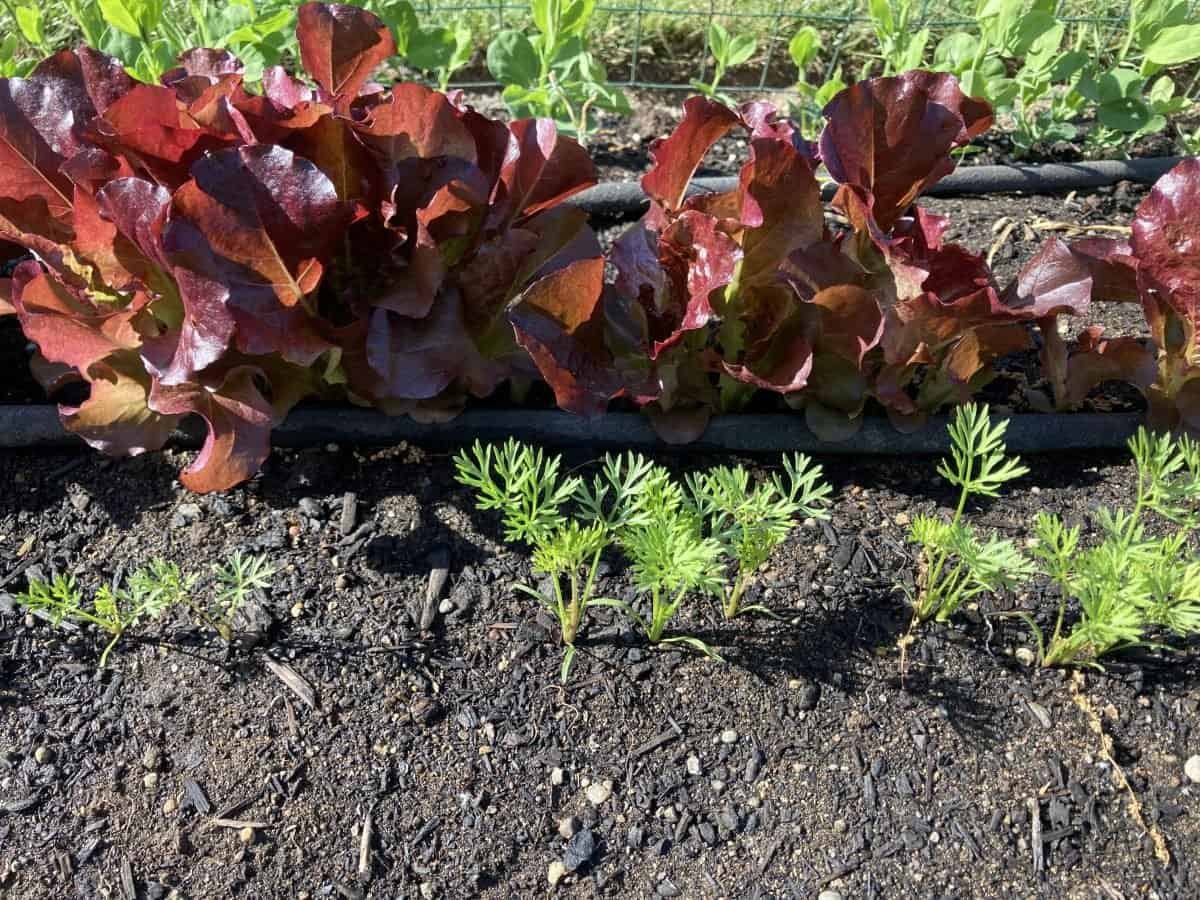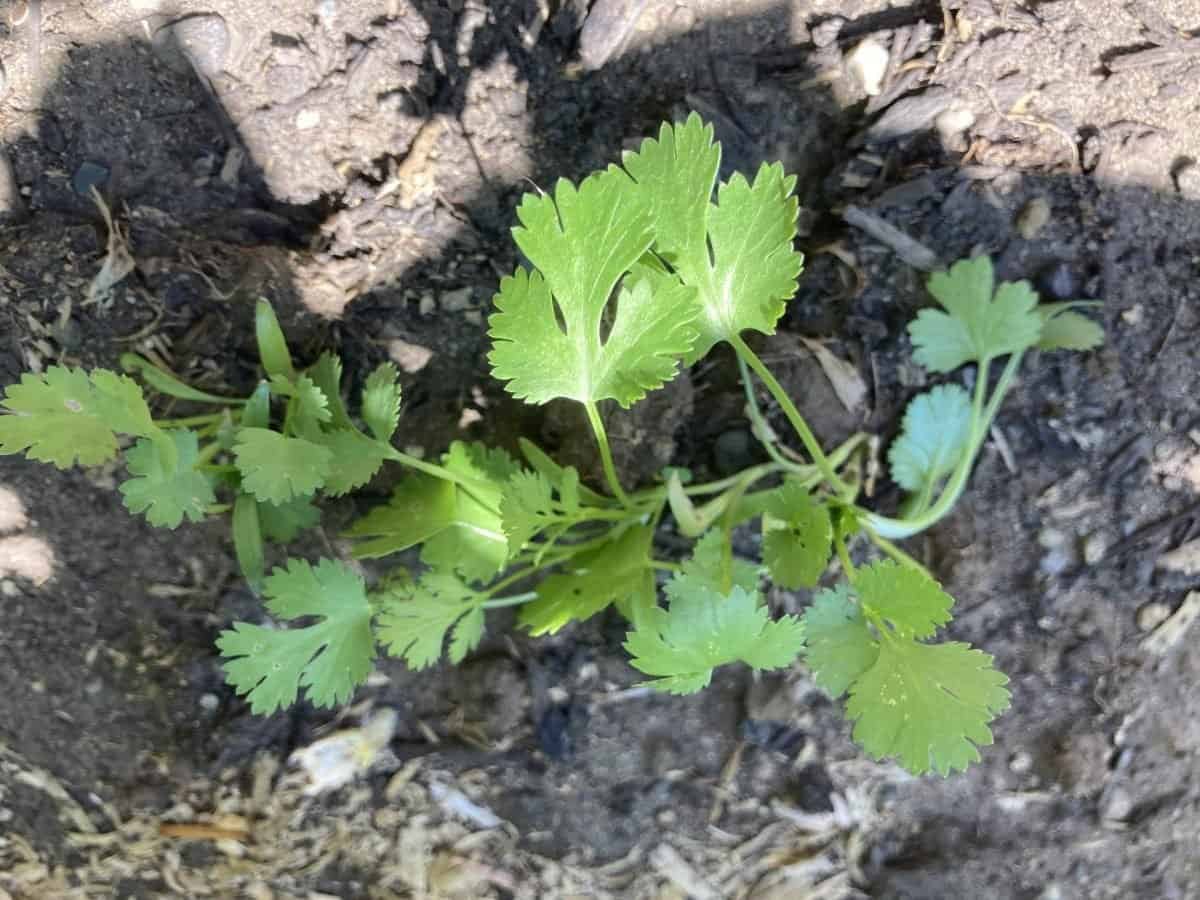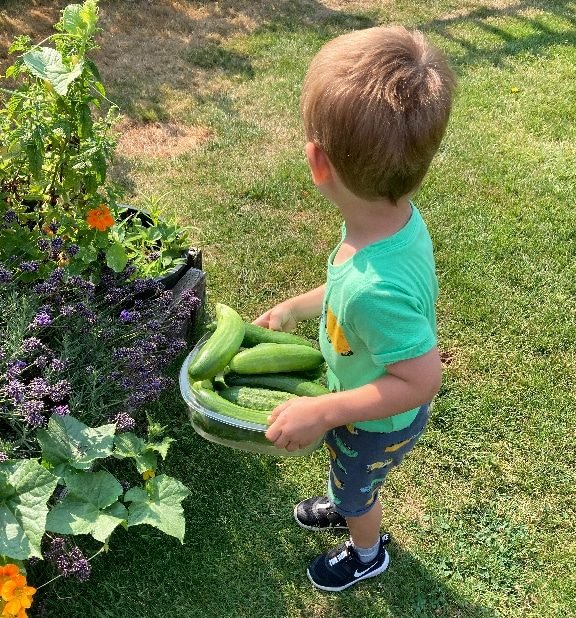Saving $$$$ by removing the sod myself
If you want to expand a garden area that is now covered in sod you can accomplish this with some physical effort on your part. See my transition to a bountiful garden.
In this post, we will show you How to remove Sod for a Vegetable Garden and what we have been able to create in that area now that it is a garden.
There are several ways to remove sod to repurpose your yard into a garden. I will show you how to do this by hand saving you hundreds of dollars.
Factors that went into my decision to remove the sod by hand.

The expense to have someone remove this for me would have run $500-$1,000 easily.
To rent a sod cutter and use this to cut the sod would have been difficult since I have several tears in my rotator cuff and the machine used to cut the sod would have been hard on my shoulder.
Since I am retired and have time, this seemed like the best option for me to get the job done.
My estimate for removing sod, hauling it away, and putting a fence up around the garden is 7-10 days which is pacing myself to reduce the chance of injuring myself from overworking my injured shoulder.
After 7 days of work, I decided to take a few days off to rest my shoulders and prevent injury. The timing to take time off was good since we have also had hard rain for the last 3 days. When you calculate your time to do this work I would rest your body after 3-4 days to stay healthy.
How to Remove Sod for a Vegetable Garden
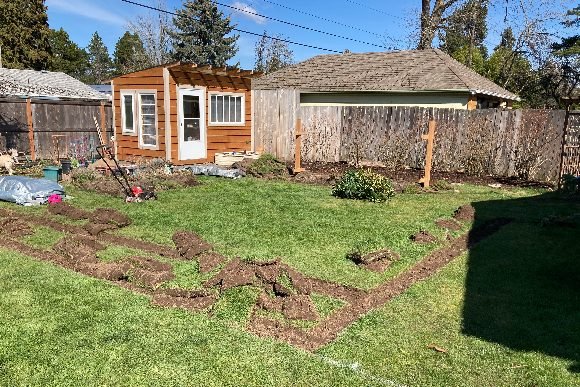
The tools you will need are:
Electric or gas edger
Shovel
Twine or string
Spray paint (1 can)
Good gloves
Goggles
Wheelbarrow
Razorback Cleanout Shovel
Mark the area that you want to remove by running a string line that you can use spray paint to mark the area and view it before cutting. This will also provide you with straight lines to cut your border.
Step back and review the area you have marked off to make sure it is what you want.
Use the edger to cut along the perimeter lines, next cut strips that are the width of your shovel to make it easier for sod removal.
Once you have the strips of sod cut you can start with the grueling task of removing the sod.

The task of removing the sod took a little longer than expected due to major storms including several inches of rain and hail that made the area a swamp.
I took a total of 12 truckloads of sod out. Even though it was more than expected it was still considerably less expensive costing $100 compared to nearly $1,000 to have someone remove the sod and haul it away.
Once Sod has been removed
Now that the sod is gone there is still a lot of work to do.
I was fortunate that our local extension office was offering soil testing for $2.00 per bag to evaluate soil for pH. I knew my sod was heavy clay and would need amending but I needed more specific information to prepare the area for my new garden.
Planning the Layout of Your Garden
It is important to put your plan on paper laying out the beds and paths before you start the physical work. By drawing out your plans you will save a lot of time laying out the beds to make sure you are taking advantage of the microclimates in your new garden.
My soil tested at 4.9 pH which is too low to grow a good vegetable garden.
To raise soil pH, add lime. Doing so in the fall produces optimal results. Use 5 to 10 pounds lime per 100 square feet if mixing into the soil before planting. For established lawns or plants, add 5 pounds per 100 square feet. Retest soil pH in 3 to 6 months to see whether you’ve achieved the target pH. There are various forms of lime—powdered, granular, or pelletized. Granular or pelletized lime is easier to spread. If you use a powdered form, be sure to wear a mask. Dolomite lime contains magnesium and makes a good choice for gardeners in Western Oregon where soils are often deficient in magnesium. The greater the amount of clay or organic matter in your soil the more lime is needed to change the pH.
For my soil I need to add lime and additional organic since I plan on planting in the area this year. I will also add organic fertilizers to each hole before planting to ensure the soil can support good plant growth and production.
Here are the results
After removing all the sod, here is my new garden area that I have started to plant. This was in early May 2023.
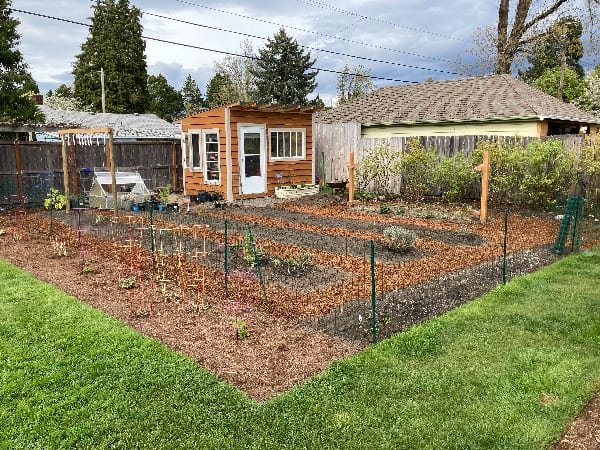
This is now Early June and you can see the changes that have taken place in the garden, we have harvested lettuce, kale, peas and soon cucumbers.
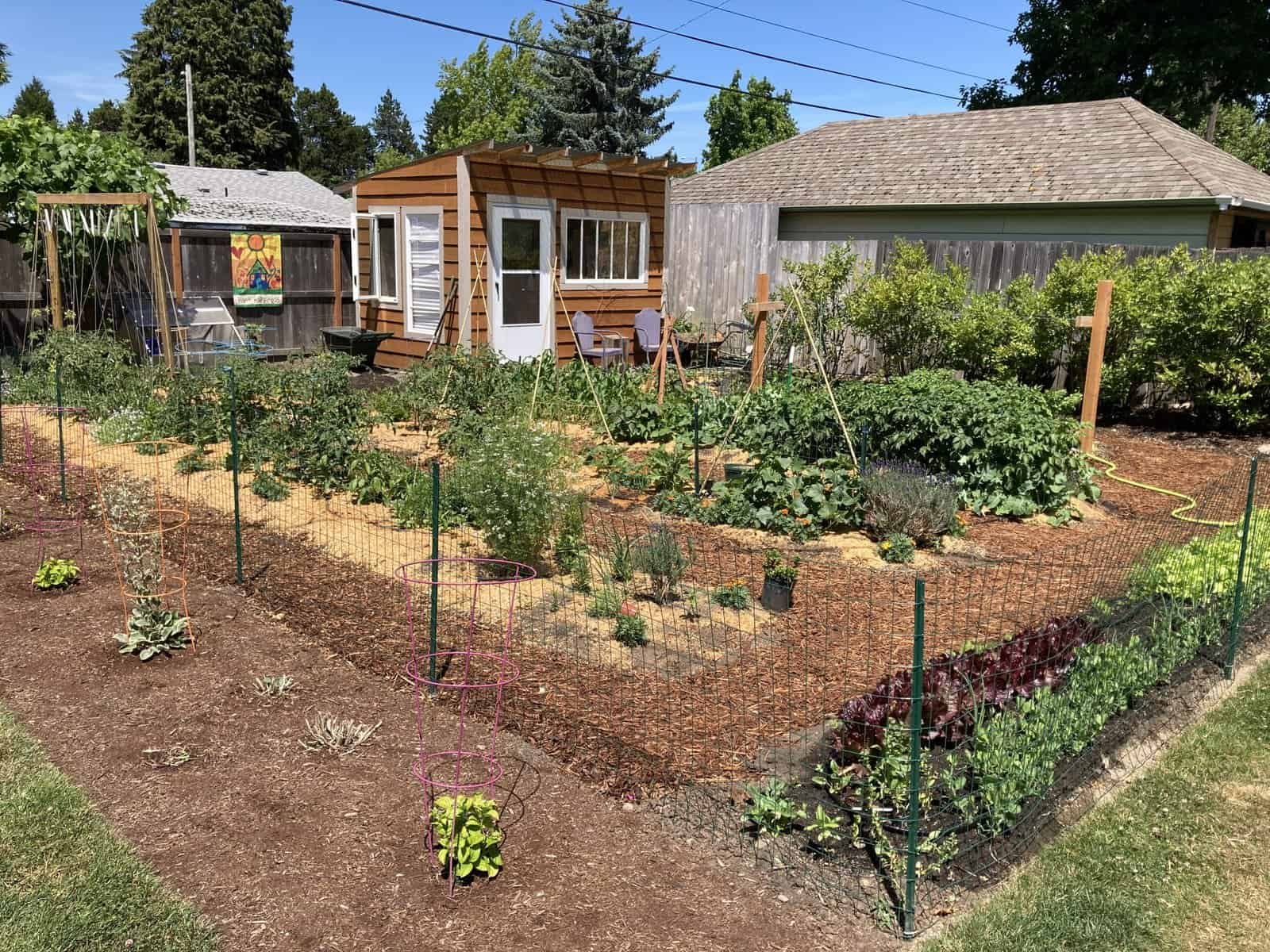
Here we are in Mid-June and the garden is taking off, we have harvested Peas, Lettuce, Kale, Blueberries, Strawberries, Cucumbers, and Cilantro.

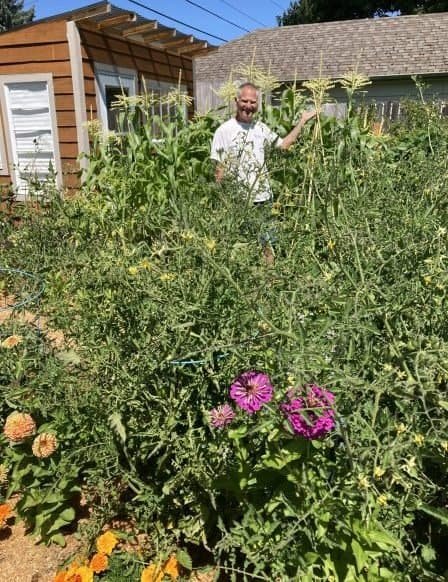
This is the garden on July 10th in full bloom with corn over 7 feet tall and the tomatoes are nearly 6 feet tall.
Have fun designing, planting, and growing all the new vegetables and fruit in your new garden bed. I hope this post on How to remove Sod for a Vegetable Garden will motivate you to do the same in your yard.

